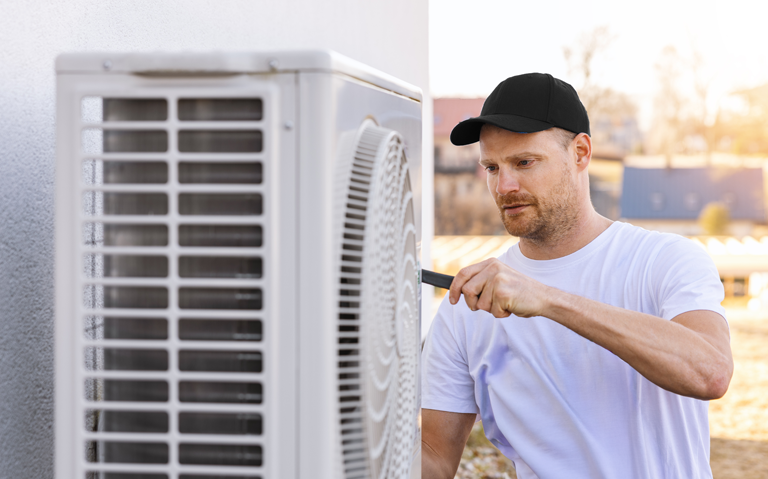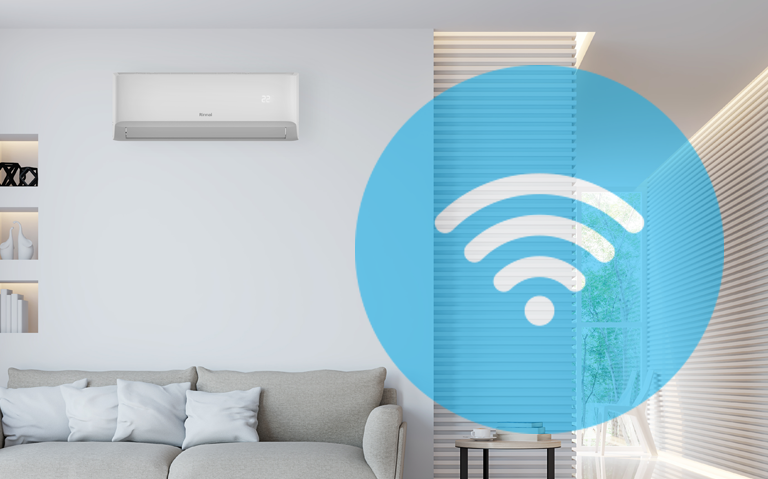In 2021, the Climate Change Commission recommended Government consider a date to end new gas connections. Neither the Government at that time, nor the current Government, has acted on this advice.
There is no ban on gas connections or delivering gas and LPG to New Zealand homes and businesses and we fully expect natural gas and LPG will continue to be delivered to connected consumers until we’ve fully moved to new low and zero carbon gases, likely to be by 2050.
Around 600,000 Kiwi households use LPG and natural gas energy every day for cooking, hot water and heating. Natural gas alone currently powers over 19,000 businesses and industrial users such as restaurants, hotels, hospitals and steel makers.
As the consideration of our environmental impact is one of Rinnai’s core guiding principles, we support any action that will help our nation reach its goal of reducing carbon emissions. While the Climate Change Commission’s recommendations aim to reduce the consumption of today’s gas sources, we do believe that the development of more sustainable alternatives will allow gas to remain part of our country’s future energy mix – even as we move towards carbon neutrality.
That’s why we’re proud to back the Future Sure campaign, along with our industry partners. This movement will give Kiwis the confidence, amongst all the uncertainty, that they can continue to enjoy gas energy in their daily lives. Here are some frequently asked questions for consumers that the campaign looks to address:
What will happen to my gas appliances after 2025?
Nothing. Natural gas and LPG will continue to be delivered to connected consumers until we have fully moved to new low and zero-carbon gases, likely to be by 2050.
Should I still buy a gas appliance now?
Absolutely. You can buy a gas appliance now and be confident that you can use it over its expected lifetime (typically up to 15 years). Most modern gas appliances are already able to run on a blend of natural gas and renewable hydrogen gas (up to 20%) or biogas, so you can continue to use them as our country adapts its energy mix to reduce emissions. Newer compatible appliances will become widely available as we move towards a more renewable gas energy future.
What sustainable gas options are out there?
Renewable Hydrogen
Renewable hydrogen gas is produced using renewable electricity, by separating hydrogen from water. Renewable hydrogen gas is also referred to as green hydrogen. In the future, it is possible that hydrogen gas will be used in pretty much the same ways that current gas is used in homes today. Such as for gas cooking, hot water and comfortable heating.
Biogas
Biogas has actually been around for a while and is already used in many industries. It’s naturally produced from the decomposition of organic waste during anaerobic digestion. When biogas is processed to regulatory pipeline standards, it is considered renewable natural gas. Biogas is capturing the green gas that comes from decomposing food or plant waste.
Auckland Council has become a trailblazer in its contribution to renewable gas by collecting separated food waste, to convert into gas, with energy partner Ecogas. Since April 2023, Aucklanders have been provided bins for their food waste. The aim is to collect around 70,000 tonnes of waste each year – waste that would previously have gone to the landfill. This waste produces methane, CO2 and liquid fertiliser. Once New Zealand’s first biogas to pipeline project is completed, in collaboration with Clarus, the leftover methane will be pumped into the country’s natural gas pipeline which is only 400m from the Reporoa site.
Renewable Natural Gas
Renewable natural gas is methane produced from renewable sources like digested organic waste and gasified biomass. It has the same chemical make up as natural gas. It is a cleaner version of biogas – produced by further processing or “scrubbing” of biogas.
Renewable LPG
rLPG is created from renewable and waste materials. The feedstocks undergo a series of sophisticated treatments to purify their energy content. It is chemically identical to conventional LPG and is transported and stored in the same tanks and used for the same applications and equipment – making the transition from LPG to rLPG seamless.
Renewable DME
Renewable DME (also called rDME) is dimethyl ether, a clean, colourless gas that is produced from renewable or recycled carbon feedstocks, such as manure. rDME is easy to liquefy and transport and can be used as a replacement for, or blended with, LPG.
Is gas running out?
New Zealand has a large amount of gas reserves. This will ensure that gas is available until the transition to renewable gases can take place.
Will gas prices increase in the future?
Moving to renewable energy is likely to increase the cost of all types of energy. Renewable gases are likely to be more expensive than today’s gas, however, there will be a competitive market across all sources of energy and consumers will be able to choose the energy which best suits their needs and budget.
When will new renewable gas be available?
The blending of traditional gas with renewable natural gas is due to start in New Zealand in 2024. Initially in modest quantities in a discrete area, the expectation is that it will scale up incrementally over the following years.
Existing natural gas and LPG will continue to be delivered to consumers as the blends increase towards 100 percent future gases by 2050.
Just like today’s gas, these new gases will be subject to rigorous safety protocols and standards before they are available.
For more information, visit the official Gas Energy website here: Future Sure – Gas Energy


















